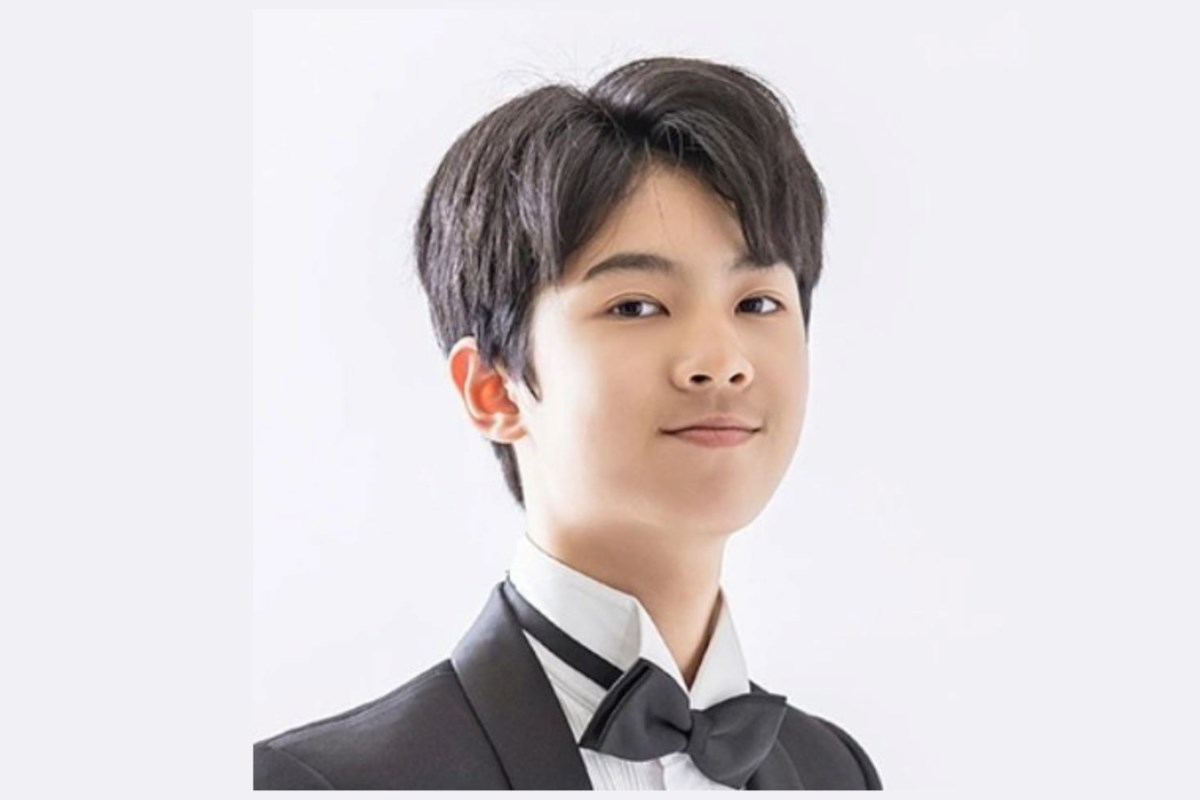Renner Middle alum earns finalist spot in Thermo Fisher Scientific Junior Innovators Challenge
Plano ISD has another reason to celebrate. Matthew Kuo was named a finalist in the 2025 Thermo Fisher Scientific Junior Innovators Challenge, one of the nation’s premier STEM competitions for middle schoolers.
Kuo, an eighth grader at Renner Middle School last year and now a ninth grader at Jasper High School, earned a spot in the Top 30 from nearly 1,900 applicants across 34 states and Puerto Rico. Earlier this month, Local Profile reported on the three Plano ISD students named to the Top 300 — Kuo, Terri Lv of Rice Middle School and Rajveer Savla, also of Rice. Kuo is the only one from the district to advance to the Top 30.
Fuel Cells And Fresh Ideas
Kuo’s project, Factors Affecting Fuel Cell Energy Efficiency, explored how water quality influences the performance of proton exchange membrane fuel cells. He compared energy sources, tested over 50 conditions and found surprising results: higher pH levels improved efficiency, while impurities like salt decreased it. Sugar, on the other hand, boosted performance in certain cases.
“I wanted to explore something unfamiliar,” Kuo said of his decision to study fuel cells after experimenting with solar and wind power in earlier projects. His findings suggest new possibilities for improving renewable energy systems.
As a finalist, Kuo receives a $500 award from the Department of Defense STEM Education Consortium and will compete for more than $100,000 in prizes during finals week in Washington, D.C., Oct. 24–29. Finalists will be judged not only on their projects but also on teamwork and problem-solving during STEM challenges.
In an official statement, Thermo Fisher’s Chief Scientific Officer, Dr. Karen Nelson, praised the finalists’ “ingenuity” and ability to envision solutions with lasting impact.
What Comes Next
During Finals Week, students will vie for major awards, including the $25,000 ASCEND Award for overall excellence and $10,000 scholarships for invention, health advancement and computational projects. Past winners have designed fire detection systems, water filters and other real-world solutions.
“This year’s finalists asked bold questions about the world around them,” said Maya Ajmera, president and CEO of Society for Science, in an official release. “Their work reflects the bright future of STEM, importance of encouraging curiosity and the vital need to invest in STEM opportunities for young people.”
Don’t miss anything Local. Sign up for our free newsletter.

